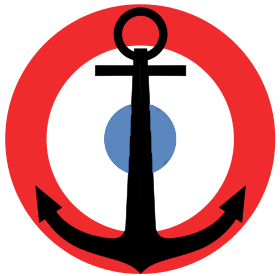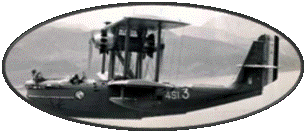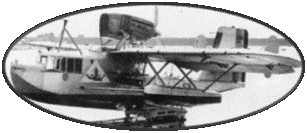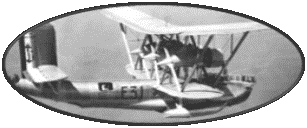Ten "De Bougainville"
class ships will be built between 1931 and 1940. Eight of them will
return to service before the Armistice of June 1940. The last two
will not be completed in time. These vessels, designated "avisos
for distant campaigns" were capable of a large range, and their
shallow draft should allow them to go up the rivers of Asia and
Africa. The Avisos of this class will be the first French surface
ships to be fitted with diesel engines.
The construction of the Aviso
"Admiral Charner" was entrusted to the Forges et Chantiers
de la Gironde in 1931. The new ship launched in October 1932 will
enter service in April 1934 after having completed its tests.
As soon as it was put into
service, the Aviso "Admiral Charner" joined Saigon then
Noumea. Integrated into the Far East Fleet, he participated in 1937,
during the Sino-Japanese War, in the evacuation of the French present
in Nanjing. In this city, Japanese soldiers will carry out massacres
of hundreds of thousands of unarmed Chinese civilians and soldiers.
At the outbreak of World
War II, the ship was still based in the Far East.
After the Armistice, on January
16 and 17, 1941, the Aviso "Admiral Charner" will take
part in the battle of Koh Chang which opposed the French Ships to
the Thai Fleet. The latter suffered a severe defeat: several ships
were sunk or severely damaged by French ships little affected by
enemy fire.
Until 1943, the ship will
carry out escort missions of convoys in the Indian Ocean. In 1944,
he went up the Mekong River to Pnom Penh, which allowed him to avoid
Japanese air attacks. However, on March 9, 1945, the Japanese Armies
launched a coup to seize French Indochina. The Japanese Forces have
already been present on the territory since 1940, but the administration
and management of the Indochinese territory had been left to the
French. The Japanese thus take total control of the French colony.
To avoid capture, the crew
of the Aviso "Admiral Charner" scuttled the ship on March
10, 1945 in the port of Mytho









